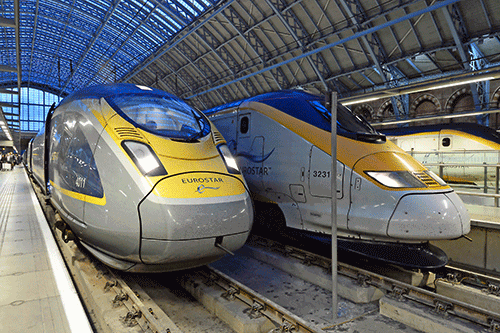 Eurostar has had a tough year. While passenger numbers were boosted through the summer, thanks to the European Championship football tournament held in France, there was uncertainty caused by the Brexit referendum on June 23, and the UK’s subsequent decision to leave the European Union.
Eurostar has had a tough year. While passenger numbers were boosted through the summer, thanks to the European Championship football tournament held in France, there was uncertainty caused by the Brexit referendum on June 23, and the UK’s subsequent decision to leave the European Union.
Before that there were the terrorist attacks on Paris in November 2015, and Brussels in March. These events caused a drop in international traffic, as passengers from America and Japan decided against travelling to Europe, with the United States advising its citizens not to travel to the French capital. Eurostar’s profits are down, and two of the consequences are a round of redundancies and an 8% reduction in services.
It’s a rather gloomy picture, so the introduction of the new e320 Velaro trains couldn’t have come at a better time.
Back in the early 1990s, Eurostar had to operate on Southern Region infrastructure. High Speed 1 wasn’t due to even begin opening until 2003, so this new service would require trains suitable for cross-Channel journeys, but built in accordance with the UK’s smaller loading gauge, including the long, narrow, winding Penge Tunnel. There were no off-the-shelf solutions - something new was needed. And so the ‘373’ was born.
But things have changed. HS1 is open fully to London, and UK gauge restraints are no longer a factor. And this opened the door to the use of European designs. The ICE3 family of trains, in use in Spain, China and Russia, was an obvious candidate.
The cross-Channel operator ordered ten Velaros in October 2010 (RAIL 655). They are the first passenger trains to operate in the UK built to European gauge, and offer a significant capacity increase on the trains that they are, largely, replacing.
Launched at St Pancras International in November 2014 (RAIL 762), the first trains entered traffic one year later, a month earlier than planned.
The Class 374s, to use their UK designation, are built by Siemens in Krefeld, Germany. Following testing in Wildenrath, they are tested on the French and UK high speed lines. They have been as far as Belgium, but have yet to run to Brussels.
Each train consists of 16 vehicles, comprising three business class/standard premier vehicles at each end, and ten Standard Class vehicles in between; cars 8 and 9 offer buffet facilities. At 25 metres, the cars carry more passengers than the ‘373s’ - which should make up for some of that 8% reduction in services.
Capable of 250mph, they are limited to running at 200mph. Eurostar investigated the market, and selected the Velaros as being the best-fit option. Eurostar tells RAIL: “The Velaro was the best fit with our specification and aspirations. From a technical point of view, the Velaro was the most established product platform.”
The design is a development from the ICE3 design used across Europe, but whereas that train is built by both Siemens and Bombardier, the ‘374’ is purely a Siemens product, with the manufacturer using the parts to which it held the rights, and redeveloping the other components.
Originally, 20 half-sets were ordered. These comprised eight vehicles, and were formed into ten 16-car trains. At the November 2014 launch, it was confirmed that a follow-on order for 14 half-sets had been made, forming a further seven trains. The first of these (374021/022) is already in traffic.
What was the rationale for the new trains? Surely, the Class 373s are relatively new, in terms of train fleets, especially when you consider that some High Speed Trains operating in Britain today are twice their age? “
“Those 20 years have been quite hard on them,” says a Eurostar spokesman. “For most of that time they’ve been operating at high speed. And we want to reduce maintenance costs, increase efficiency and and improve capacity.
“The reliability of the ‘373s’ is good, but it’s not going to get any better. We knew that they would only be viable for so long. So, rather than modifying the old trains with expensive equipment updates to make them compatible with new signalling systems, there was a general consensus that if possible, we should look at whether we could justify new trains. After analysis, we concluded that we could.”
The reason for the follow-on order was because Eurostar was initially unsure of how good the trains would actually be. Each train, for example, has capacity for 150 more passengers than the older trains, and their reliability is much higher (as you would expect). By mid-summer, the new trains had proved their reliability.
Eurostar says component redundancy is key to achieving such a low failure rate. Essentially, if a component fails, power can still be fed through the trains.
Unlike the Class 373s, the e320s use distributed power. “Nearly every new train coming onto the market features distributed power - the Pendolinos, for instance,” the company explains.
It takes up less space, and means more passenger capacity. Power systems can be moved underneath the cars, or placed on the roof. And it’s one of the ways the company has been able to add an extra 150 seats on each train.
The ‘373s’ had power cars at each end, but the first third of each trailer vehicle also contained power equipment. So on an 18-car ‘Three Capitals’ set, two and two-thirds vehicles were unavailable for passenger use. On a 16-car Class 374, every vehicle carries passengers. All but the first foot of the vehicle behind the cab is used for a technical area for the signalling systems and equipment for the train safety functions.
“When the ‘373s’ entered service, things such as electrical cables running down the length of trains going through tunnels wasn’t allowed. But modern cable insulation is much better - nobody worries about that sort of thing any more. Changing rules and advances in technology have made distributed power the preferred option.”
Distributed power was being used back in the early 1960s. As an aside, a 16-vehicle e320 has eight pantographs. Four are for DC operation only, on 3kV and 1,500V, in France and Holland.
When operating on 1,500V, all four DC pantographs are used, while when running on 3kV a ‘374’ uses just two, with a cable through. The other two can then be used as back-up. The other four pantographs offer a similar arrangement for AC operation, at 25kV.
Eurostar had already committed to refurbishing the older fleet by the time it placed the order. It had already committed to the refurbishment. The design for the refurbishment had preceded the new trains. However, all but eight of the ‘373s’ will be removed from traffic.
Being built to European UIC gauge, the ‘374s’ are more spacious, although not every seat in Standard Class lines up with a window.
There is more luggage space on the trains, a direct result of Eurostar’s decision to order UIC-gauge trains. It also means that the luggage areas fitted to the ‘373s’ have been lost, which releases almost a quarter of a vehicle for passenger space, while luggage is now closer to the passengers.
Information screens are fitted to keep passengers informed on the journey’s progress, as well as information related to the location of items in the saloon. The screens are on angled mounts in the ceiling, but do not impinge on headroom.
Because of their UIC-gauge design, the ‘374s’ are taller than conventional UK loading-gauge trains, which adds to the feeling of space.
Passenger feedback to Eurostar has highlighted that the lighting on-board the ‘374s’ is perhaps a little too bright for people’s tastes, so the operator is toning that down slightly. This will be achieved using filters which will reduce the ‘harsh’ feeling mentioned by passengers.
For the current markets, the e320s run only to Paris Gare Du Nord. They are booked to run on the busiest trains between London and Paris, due to their additional capacity, with Eurostar keen to fill those extra seats.
There are plans to run them to Brussels, but not until the first or second quarter of 2017, which will be before Eurostar starts serving Amsterdam.
Performance-wise, the ‘374s’ have a better acceleration than the ‘373s’, but Eurostar says that, unlike a commuter service, this isn’t such a factor as there are long journeys between stops. For a high speed train, overall power is what makes the big difference, and the ‘374’ outputs 16kW, as opposed to the ‘372’s’ 12kW output.
More Class 374s are to be rolled out over the coming months as Eurostar continues modernising its fleets. A lot of people will be watching to see how they perform. As the first UIC-gauge trains built for the UK passenger market, and the first such trains built for a UK high-speed route, they will almost certainly be considered as candidates for this country’s other upcoming high-speed projects.

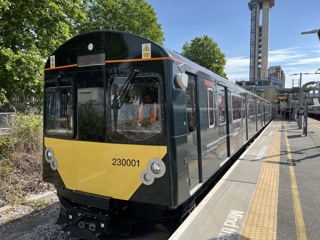
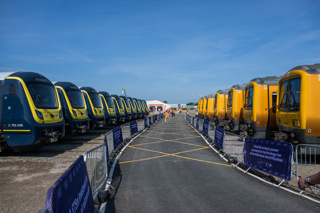
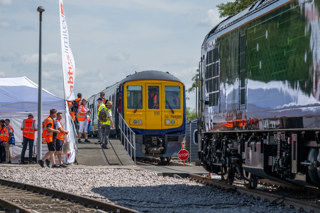
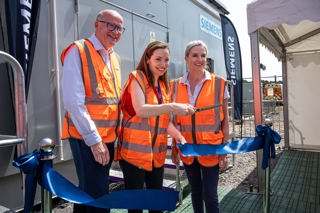
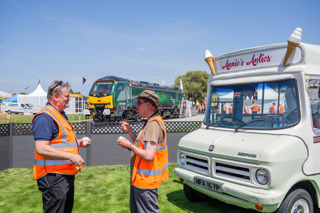





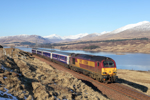


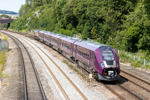


Login to comment
Comments
No comments have been made yet.